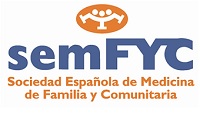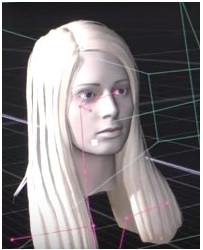Next year we’ll have the first operational avatar of KRISTINA

 News from the Spanish Society of Family and Community Medicine (semFYC)
News from the Spanish Society of Family and Community Medicine (semFYC)
Noticias semFYC Magazine has published a short video about the European Project KRISTINA in which the main responsible of the project’s objectives and achievements have been interviewed. Leo Wanner, the project coordinator, explains the expected results and next steps towards the first prototype.

Carles Llor, who is in charge of the scientific research for the Spanish Society of Community and Family Medicine (semFYC), explains his role in the working process of the avatar development and how semFYC ensures clinical accuracy during the project.
KRISTINA is a European funded project built into the European Program HORIZON 2020 of Investigation and Research within the European Union. The main goal pursued by the Project is to knock down the existing linguistic barriers within the society by using new technologies to help migrant groups with communication problems, in order to make easier for them to get some medical advice through the internet so they can reach scientific information and feel more integrated within the European societies by learning how to use the Health Care Systems of each nation.
The Spanish Society of Community and Family Medicine (semFYC) is in charge of the clinical and scientific contents of the Project KRISTINA along with other European Universities. Among them, Universitat Pompeu Fabra from Barcelona is in charge of the linguistic technologies developments of the avatar. The other European partners are the German Red Cross, the Ausburg University and the Tubingen University, the Greek Hellas Research & Investigation Centre, the Almende Architecture Network from the Netherlands and the Vocapia Speech Recognition Research from France.
All the partners involved into the project and research are now working together into the last details of the first prototype of the avatar, so they will be able to start the second stage of the Project in which this first operational version of the avatar will face human interactions. It is important for the partners to reach this important milestone obtaining the first operational prototype, then it will be possible to work on new functionalities, and the more human-computer interactions.
The avatar shall be adapted to different contexts of communication in which the understanding of several languages and their related cultural behaviors will be a must. Regarding the different sorts of pronunciation and levels of definition of the first people who will test the avatar, all the partners need to start working not only from a technological approach but also taking good care of the social and emotional levels of communication.
In this short video, four of the major responsible partners in the project explain how are they currently working to reach this first avatar.